On Jan. 6, 2025, INRIX Inc., a global leader in transportation data and analytics, released the INRIX 2024 Global Traffic Scoreboard, placing Miami as the 14th most traffic-clogged city in the world and ranking it among more populated cities, such as Istanbul and London.
In 2024, Miami was also the 14th most traffic congested city in the world; in 2023 ,INRIX ranked it 11th, and in 2022, ninth. This does not mean that Miami is improving though—just that other cities are getting worse.
From 2021 to 2022, Miami increased in congestion by 51%, keeping commuters in traffic for an average of 105 hours over the course of the year, a statistic that surpassed the notoriously gridlocked city of Los Angeles. From 2022 to 2023, Miami increased 5% in congestion, and in the latest report from 2023 to 2024, Miami’s congestion had increased by 6%.
This mind boggling data begs the question: why is Miami so traffic-clogged?
According to CBS News and Florida International University (FIU), Miami’s on-going construction projects and limited public transportation are major contributors.
Because Miami is a growing city, it requires constant construction to keep up with its expanding population. Most of Miami’s construction, especially around highways, such as US-1, slow traffic and lead to gridlock. And these projects can seem never ending. “Because of a lot of the construction on the expressway in particular,” said Mrs. Sudasassi, Upper School Mathematics teacher and former transportation engineer, “there is a lot more traffic now because they’ve had to do a maintenance of traffic plan, which means maybe you went from six lanes… down to three or four.”
Also, Miami lacks adequate public transportation options, leading to drivers’ higher reliance on their personal vehicles, and ultimately causing an increased number of cars backed up on the roads.
“The solution for traffic is transit,” said Miami-Dade Mayor Daniella Levine Ceva. Miami Dade County’s main components of public transit include the Metrorail, Metromover, Metrobus, and connections to regional services, such as the Brightline and Tri-Rail.
According to the Institute for Environmental Research and Education (IERE), while these services help, they lack full geographic coverage and adequate frequency. Outside the Metrorail corridor and urban core, public transportation options become significantly more limited, leading residents and visitors to rely on cars to take them exactly where they need to go. Mrs. Sudasassi said she does not believe the public transportation in Miami has ever been effective because “the culture of Miami has grown up around having… car[s] and driving everywhere.”
Moreover, bus routes suffer from poor scheduling, causing commuting to be unpredictable and just as time-consuming. “You’ll be in traffic just as long in a bus as you would be in a car,” said Mrs. Sudasassi.
Miami’s dismal ranking of fourteenth in the world for traffic congestion and continuous growth is a sign to many that the road ahead demands change. “In an ideal world,” said Mrs. Sudasassi, “you would have more lines like the Metrorail… that would take you south or north as opposed to just east and west.” However, there are challenges, such as the issue of eminent domain, that hinder improvement. So, the only visible solution to Miami’s traffic problem as of now is for residents, commuters, and students to raise their voices to ensure Miami’s future is not wasted in traffic.

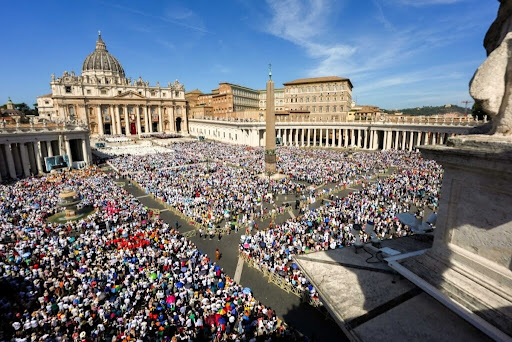
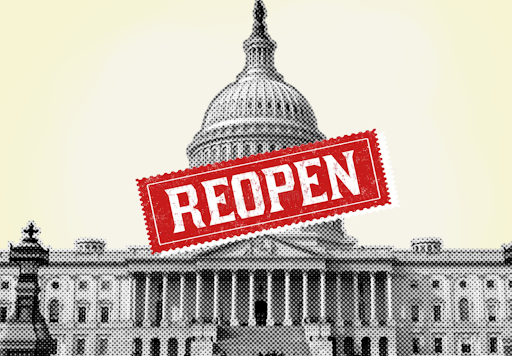


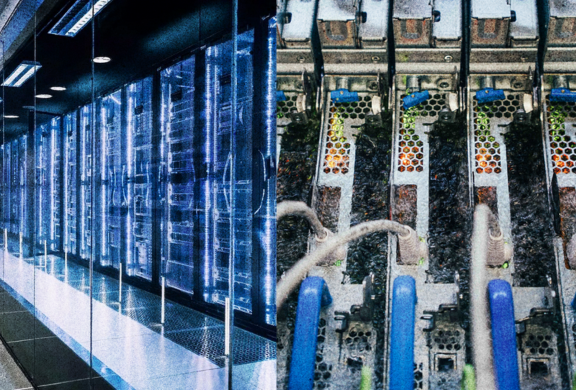

















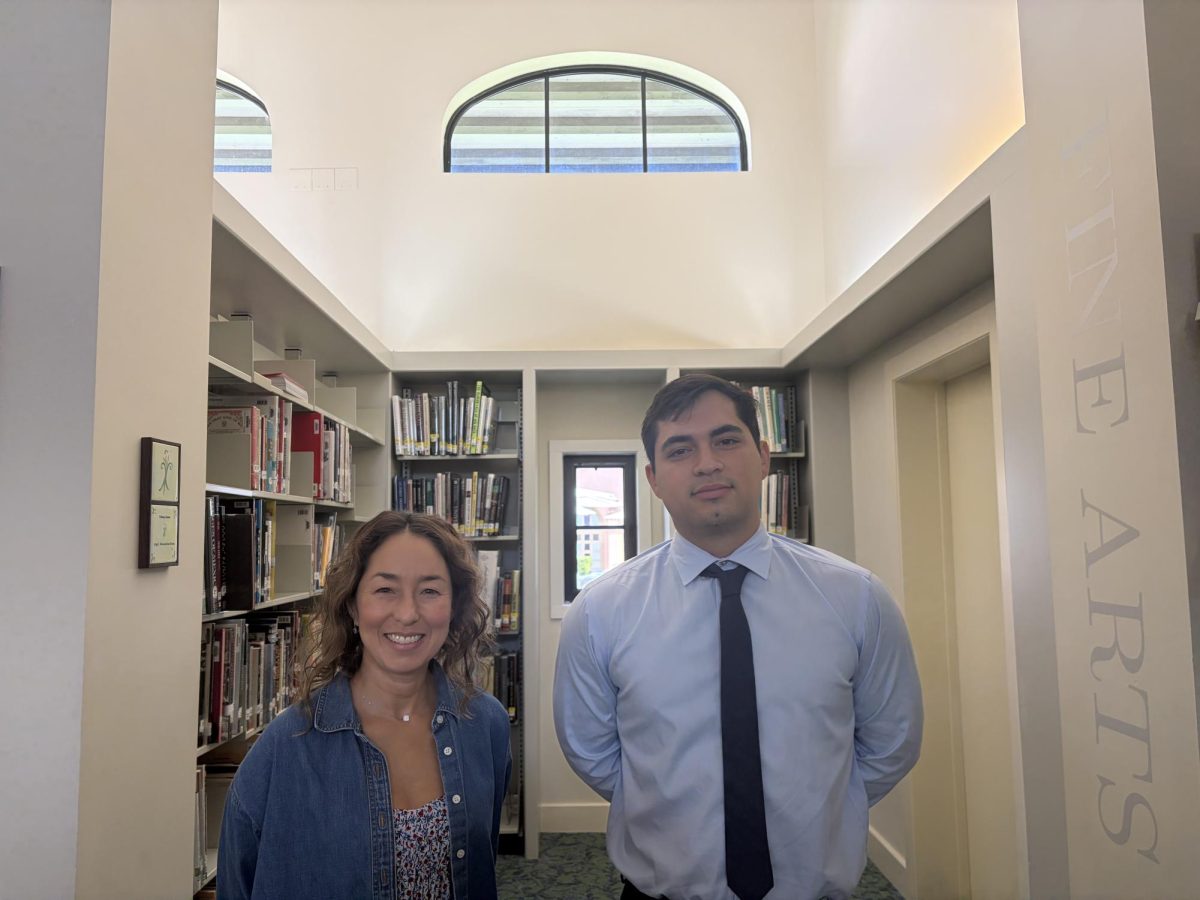
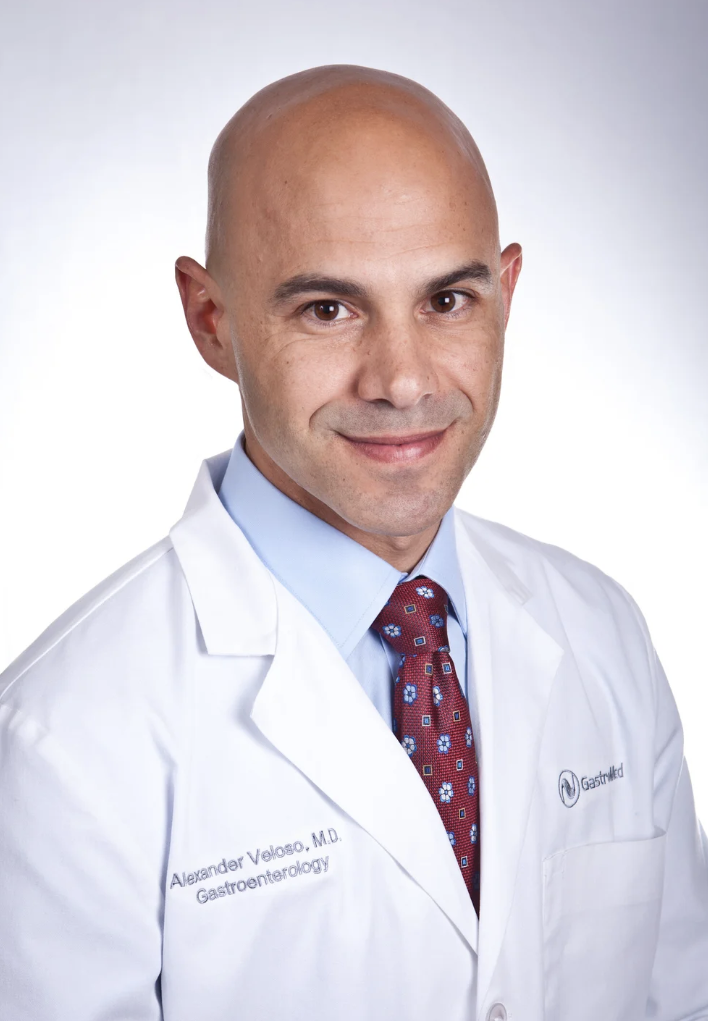
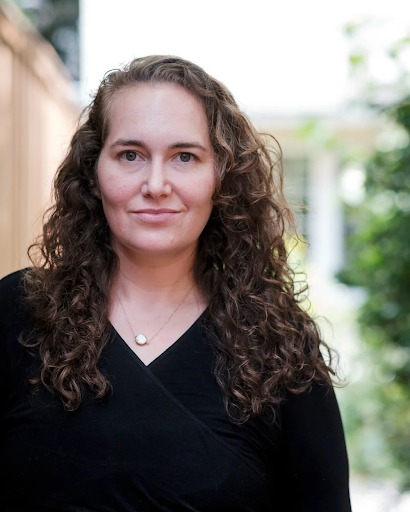










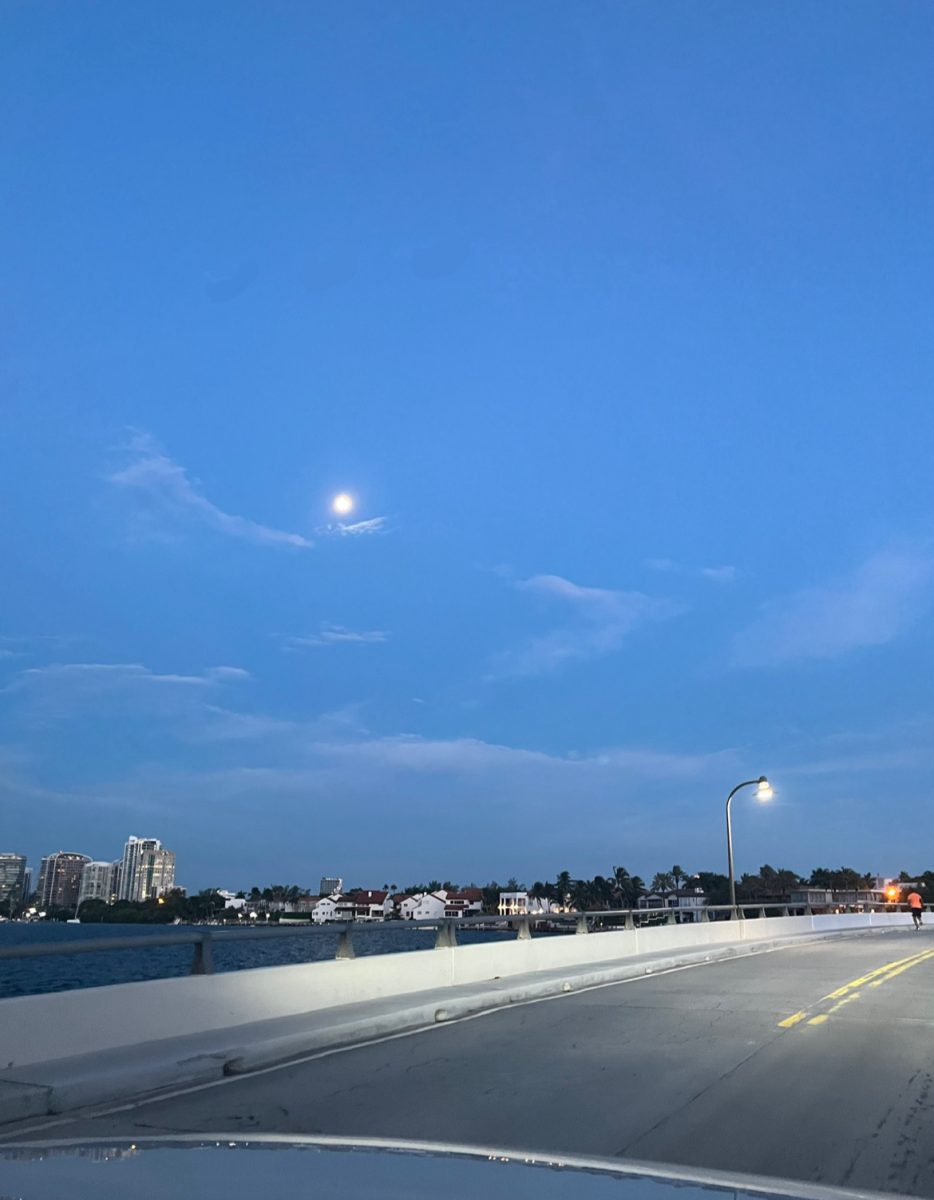
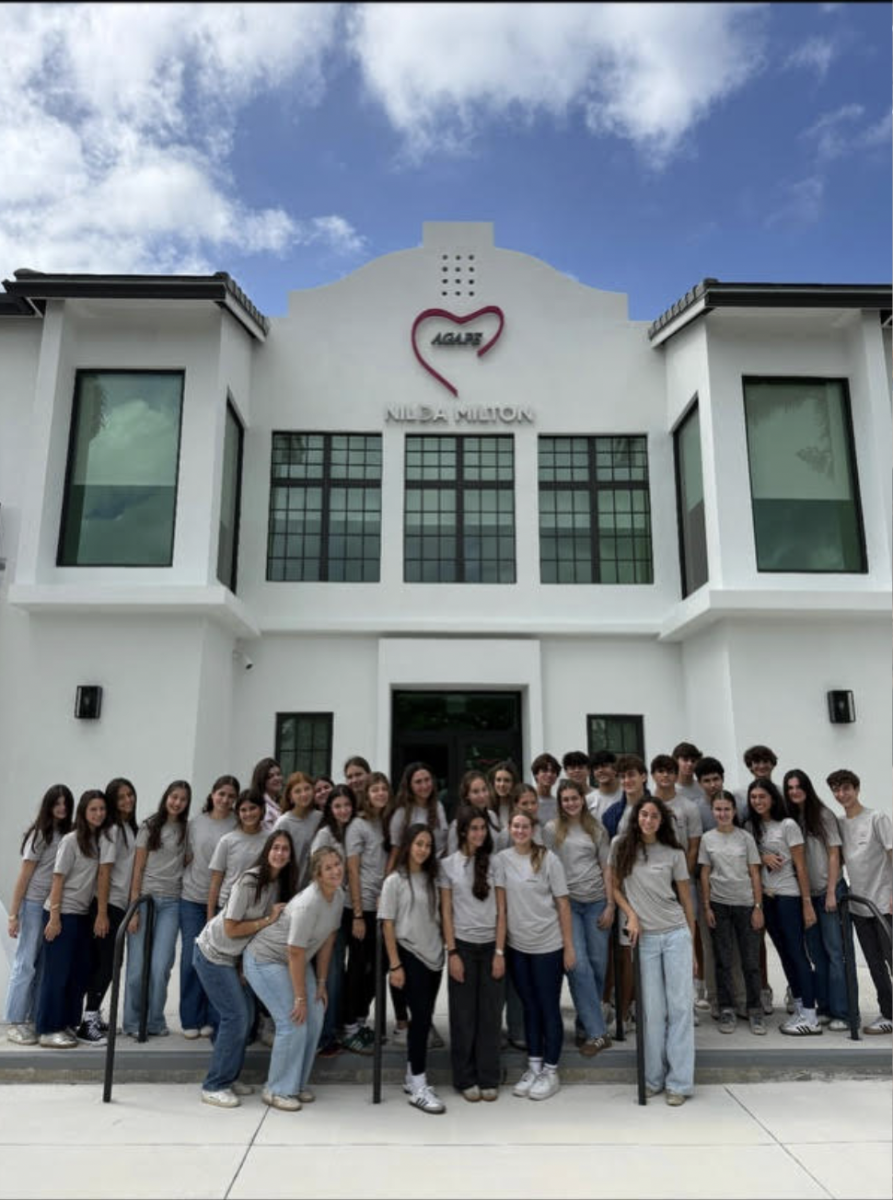

Gloria Sanchez • Oct 24, 2025 at 7:44 am
The traffic in Miami is truly impossible to deal with. Miami residents often have to spend hours every day communiting to work or school. These hours could be dedicated to family or play which would improve the quality of life.
Caro Berga • Oct 24, 2025 at 7:04 am
Very interesting!